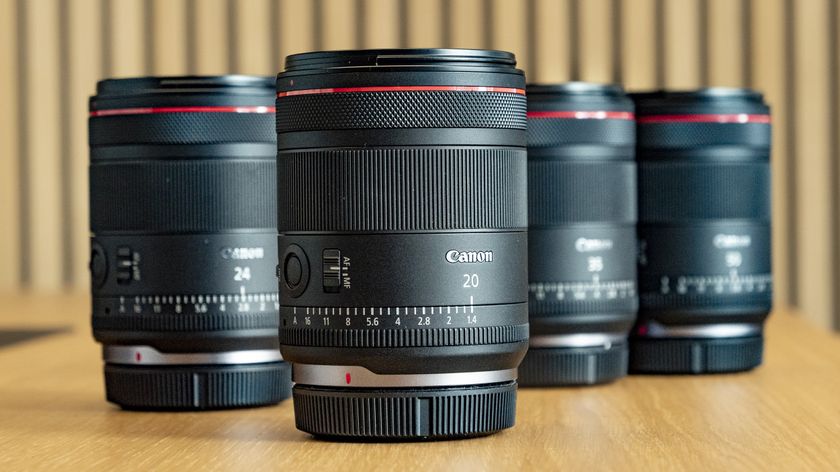Panasonic adds to its premium lens range with the 50-200mm f/2.8-4.0 ASPH
New lens completes the Vario-Elmarit f/2.8-4.0 lens range

Panasonic promised a trio of high-end f/2.8-4 zoom lenses at last year's Consumer Electronics Show in Las Vegas and its latest 50-200mm telephoto completes the enticing offering.
Alongside the 8-18mm f/2.8-4 and 12-60mm f/2.8-4 in the range, the new Leica 50-200mm f/2.8-4.0 ASPH features a lens design made up of 21 elements in 15 groups, including two UED (Ultra Extra-low Dispersion) lenses, two ED (Extra-low Dispersion) lenses and two aspherical lenses.
These six lenses are designed to suppress spherical distortion or chromatic aberration to achieve high resolution and contrast from centre to corners.
With a focal length equivalent to 100-400mm thanks to the 2x crop factor of the Micro Four Thirds sensor, it's also possible to use the lens in combination with either Panasonic's 1.4x DMW-TC14 teleconverter, which extends the reach to 560mm (35mm equivalent), or the 2.0x DMW-TC20 teleconverter to achieve a focal length equivalent to 800mm.
Optical Image Stabilizer
Shake reduction is built in to the lens, with Panasonic's POWER O.I.S (Optical Image Stabilizer) compensating for camera shake, while compatible camera bodies with Dual I.S. (Image Stabilizer) and Dual I.S.2 systems help to reduce blur further.
According to Panasonic, the lens also benefits from Nano Surface Coating technology, in order to minimise ghosts and flaring, as well as a rugged, dust and splash proof casing that can handle temperature drops down to -10 degree Celsius.
To take full advantage of the lens, you'll want to pair it with a Lumix G camera that has a maximum sensor drive of 240fps (like the Lumix G9), as it means users can take advantage of high-speed, high-precision Contrast AF, while AF tracking performance during zooming is also improved thanks to high-speed frame analysis for focus control.
Get daily insight, inspiration and deals in your inbox
Sign up for breaking news, reviews, opinion, top tech deals, and more.
Available from the end of May, the Lumix-compatible Leica 50-200mm f/2.8-4.0 ASPH will cost £1,599.99/$1,700

Leon has been navigating a world where automotive and tech collide for almost 20 years, reporting on everything from in-car entertainment to robotised manufacturing plants. Currently, EVs are the focus of his attentions, but give it a few years and it will be electric vertical take-off and landing craft. Outside of work hours, he can be found tinkering with distinctly analogue motorcycles, because electric motors are no replacement for an old Honda inline four.












